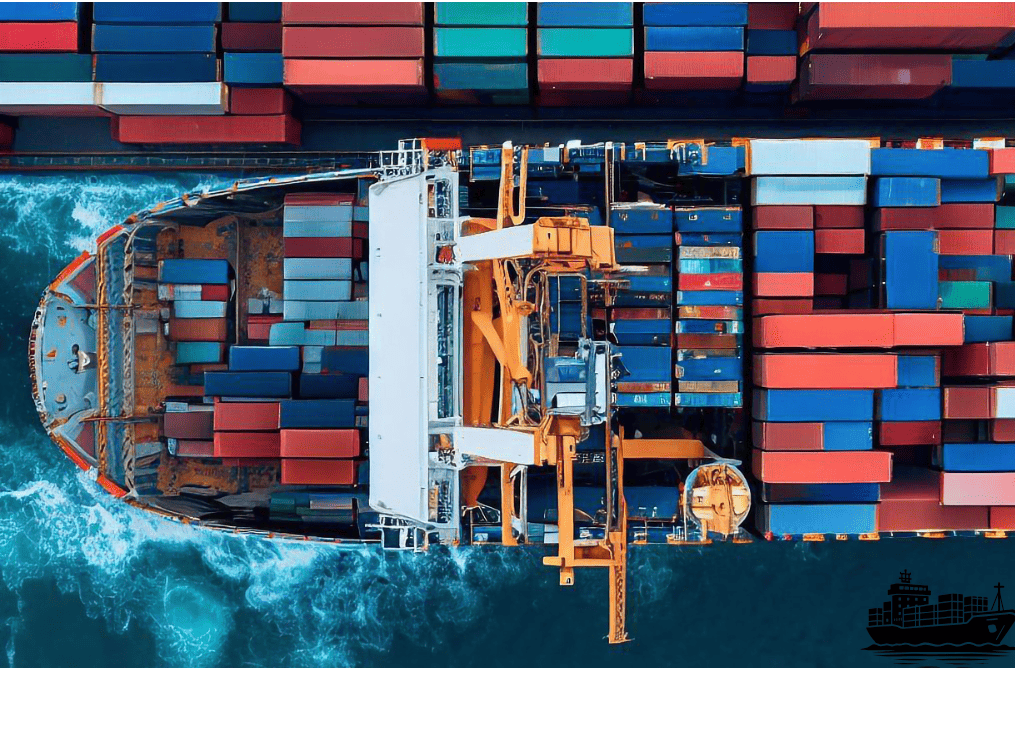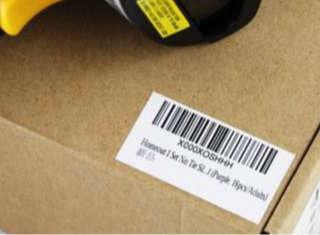FBA LCL Quote
FBA 40HQ FCL Quote
Operating a business that depends on international shipping is a challenge and costly. But here's the good news: utilizing US international warehouse transit can dramatically reduce the cost of logistics. If you're an online retailer or managing inventory across different sales channels, here's how a good warehouse can cut costs across all levels.
Lowering Peak Season Shipping Costs
The holidays can be a nightmare for logistical experts. Shipping costs rise when demand increases, and traditional methods usually fail to meet the needs. If you ship your goods to a US overseas warehouse before the peak season, you will save yourself the cost of shipping charges.
Ship in the off-season to keep from high shipping costs
Distribute shipments over time to lessen the effect of sudden demand surges
Benefit from lower freight rates when shipping costs for global shipping are lower
Reducing Storage Fees
Suppose you're just beginning to learn about the game or do not have sufficient storage space in your home. In that case, warehouses in overseas transit services let you store goods in huge quantities without worrying about the cost of storage over the long term.
Keep your storage costs down by transferring goods only when required
Make use of the free storage times that some warehouses provide
Avoid the risk of accumulating overstocked inventory in your warehouse at home
Optimizing Multi-Platform Operations
For businesses that sell on multiple platforms, such as Amazon, eBay, and others, US overseas warehouses are the ideal solution to reduce the cost of storage and shipping.
Effectively distribute products across different platforms
Save money on warehouse charges by consolidating inventory into one location
Improve delivery times for customers from multiple marketplaces
Reducing Stockouts and Missed Sales
Nothing is more frustrating than running out of stocks. Warehouses in overseas locations allow you to efficiently replenish your stock without the usual delays associated with international shipping. You'll be stocked and keep your sales going.
Beware of missed sales opportunities that are due to out-of-stock items
More rapid restocking results in more sales during periods of high demand
Stop listings from being removed from visibility or being penalized for not being in stock
Simplifying Returns and Exchanges
Returns can become a major logistical headache, especially when dealing with international shipments. The presence of a US warehouse for the management of returns makes the process easier, reducing shipping costs and freeing you from stress.
Handle returns locally instead of paying international return fees
Refunds and exchanges are processed faster to improve customer satisfaction
Save money on international return shipping costs by handling your return directly through the US
Reducing Risks and Improving Efficiency
When you ship products internationally, there's always a chance of risk. However, having a US international warehouse may help minimize the risk of product returns, repackaging, or even non-compliance issues.
Make use of relabeling and repackaging services to get your products back on track fast
Reduce the possibility of damage to your product or theft in shipping
Reduce shipping delays and costs caused by regulatory or customs issues
Accessing Discounted Shipping Rates
US overseas warehouses typically collaborate with local carriers and often receive higher rates than independent businesses. This means they can access lower shipping rates, which can further reduce the overall cost of logistics.
Get the benefit of local warehouse agreements with major carriers like UPS, FedEx, and USPS
Benefit from bulk shipping rates to save money on delivery options
Transfer the savings to your customers, or keep the difference
FAQs
How do US overseas warehouses aid me in reducing costs during the busy season of the holidays?
By storing your items in a US overseas warehouse prior to peak season, you will save on high shipping costs. Additionally, you can divide your deliveries to ensure that costs are reasonable and on time.
What are the typical costs for using the US overseas warehouse?
Fees vary by the level of service and warehouse; however, you'll generally be charged storage costs, which are determined by the size and amount of items stored. Additional fees could include shipping, order processing, and return handling.
How can I manage my returns with a US overseas warehouse?
Yes. The US overseas warehouse could assist you in managing local returns, reducing the shipping charges for international returns, and expediting refunds or exchanges.
What is the procedure if my product requires packaging or labeling repackaging?
Many US overseas warehouses offer repackaging or relabeling services to ensure that your products conform to local requirements. This reduces the possibility of fines or shipping delays.
How can US overseas warehouses help me save money on shipping costs?
Warehouses usually have agreements with local transport companies, which give you discounts on shipping costs. This can dramatically reduce the cost of shipping compared to handling your shipments independently.
Conclusion
If you're looking to cut costs and increase the efficiency of your logistics, using the US shipping service to overseas warehouses is a great alternative. From avoiding peak-season shipping surges to reducing costs for storage and improving return handling, these options offer many advantages. Keep your logistics easy, quick, and cost-effective by utilizing the full benefit of US overseas warehouse services today.



